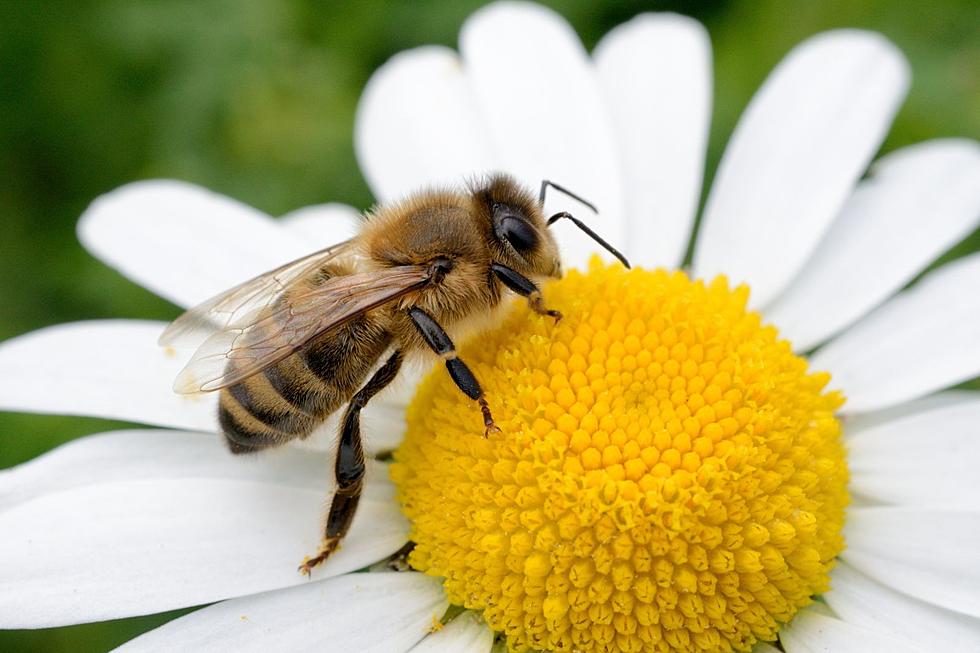
Wyoming Professor’s Proof: Emissions Harm Polar Bear Cubs
Polar bears are the poster…bears for climate change impacts. With Arctic ice melting, scientists have long looked at the impact of climate change on the animals, and now a University of Wyoming scientist has taken that research a step further.
Researchers looked at greenhouse gas emissions and their impact on the bears in a paper recently published in the journal Science by the University of Wyoming, the University of Washington, and Polar Bears International.
Polar bears feed during the winter and fast in the summer, often for months. As the ice melts, polar bears’ winter feeding time decreases, and the longer they go in the summer months without food. Less food means, of course, more polar bear deaths.
“We’ve known for decades that continued warming and sea ice loss ultimately can only result in reduced distribution and abundance of polar bears,” Steven Amstrup, chief scientist emeritus at Polar Bears International and an adjunct professor at the University of Wyoming said.

The paper addresses a “loophole” in the Endangered Species Act that has “historically blocked climate considerations” when considering animals for listing as endangered. Climate change can only be considered if it addresses how it impacts specific projects; not the impact of historic emissions.
The University of Wyoming said the paper “connects the dots between greenhouse gas emissions, the number of ice-free days caused by specific amounts of emissions, and polar bear survival rates. It also explains the recent declining trends observed in some polar bear subpopulations.”
“But, until now, we’ve lacked the ability to distinguish impacts of greenhouse gases emitted by particular activities from the impacts of historic cumulative emissions,” Amstrup said.
“In this paper, we reveal a direct link between [human-caused] greenhouse gas emissions and cub survival rates. The methodology, for the first time, allows us to parse the impact of emissions by source.”
The abstract (unless you have a subscription) for the paper “Unlock the Endangered Species Act to Address GHG Emissions,” can be found here.
The UW news release about the paper can be found here.
Wyoming's 10 Cutest Baby Animals
Gallery Credit: Phylicia Peterson
More From Laramie Live









